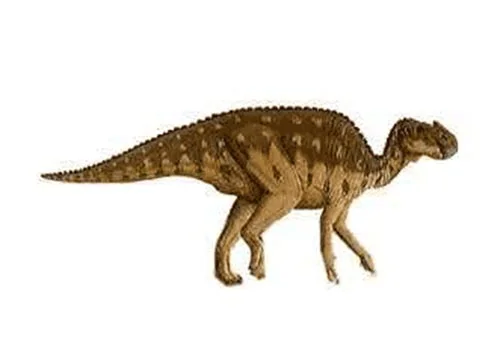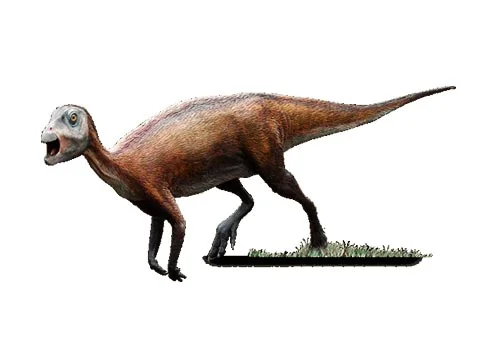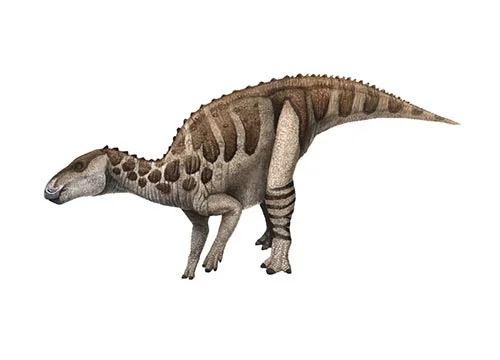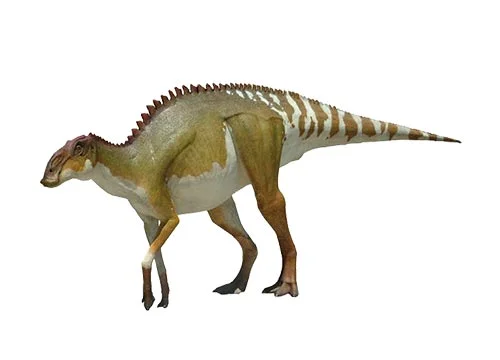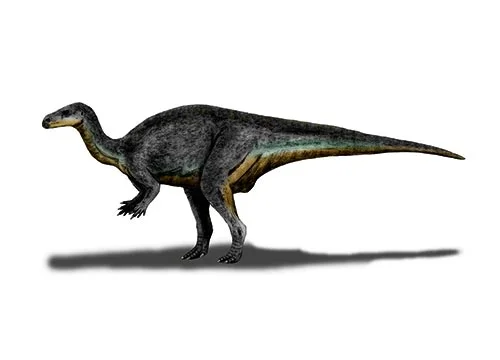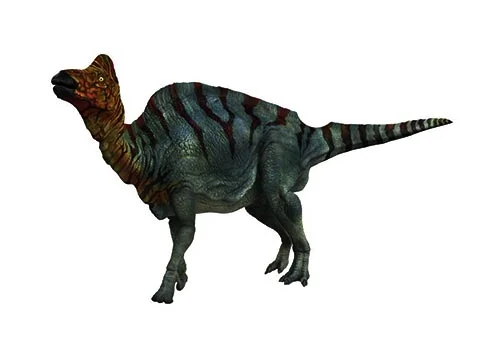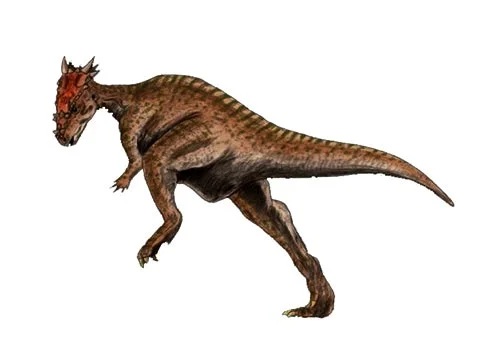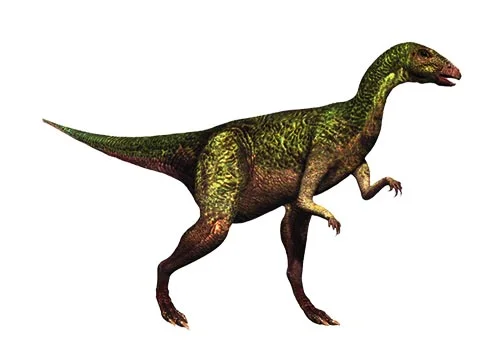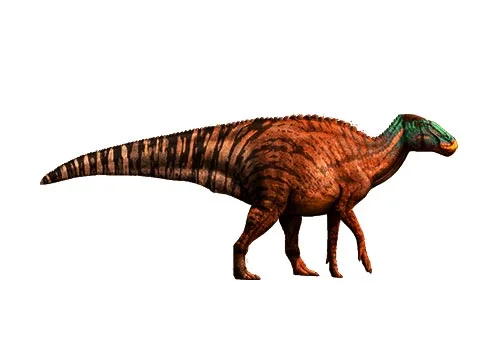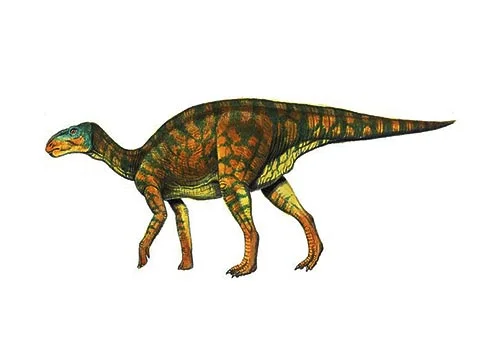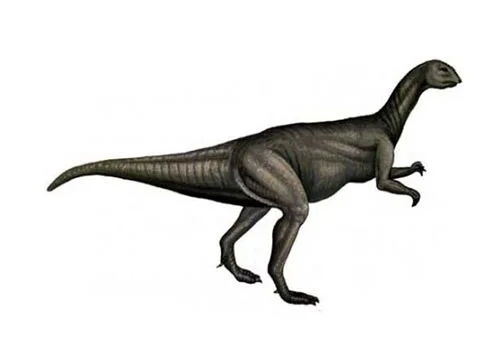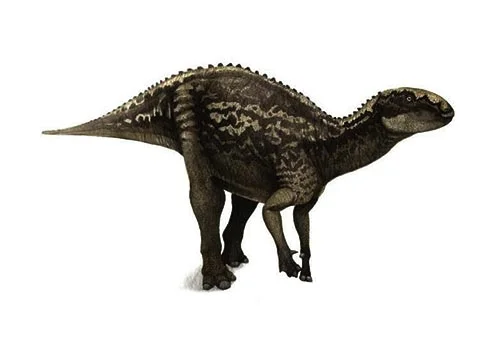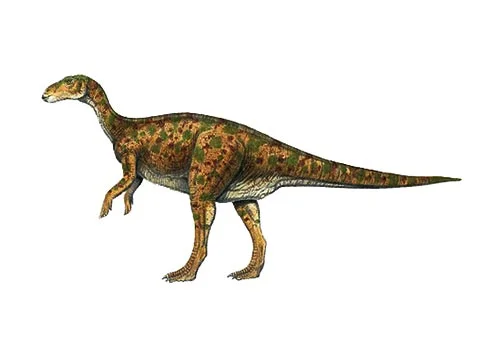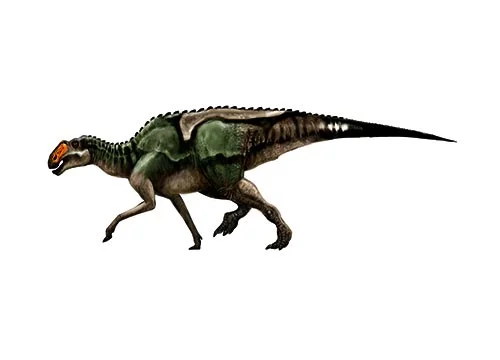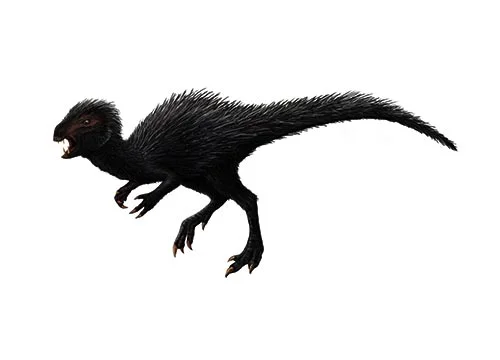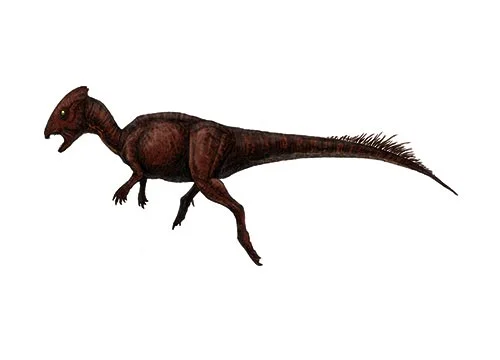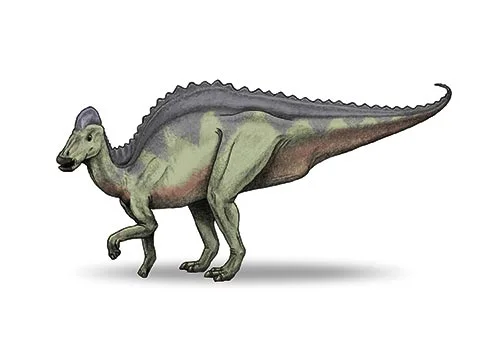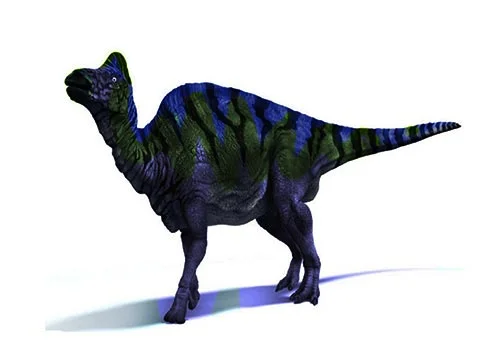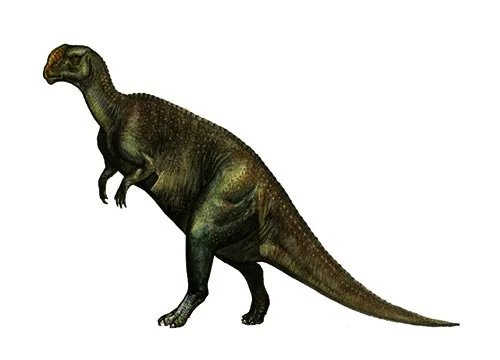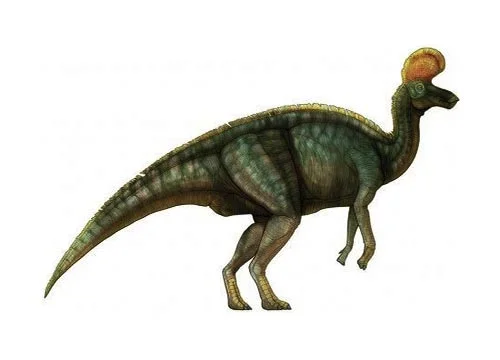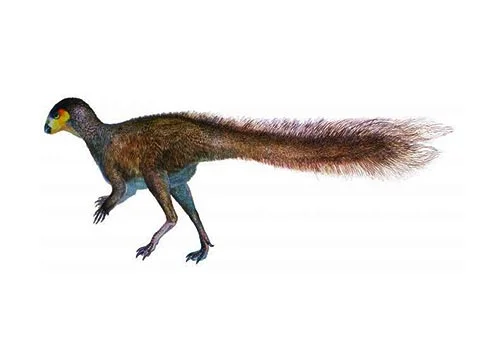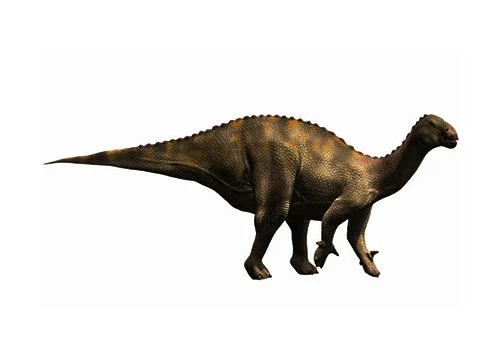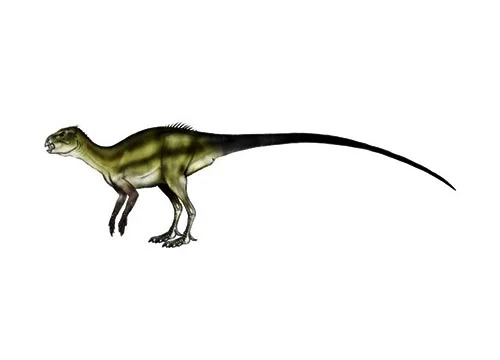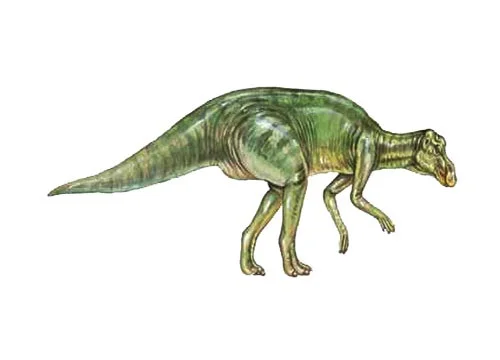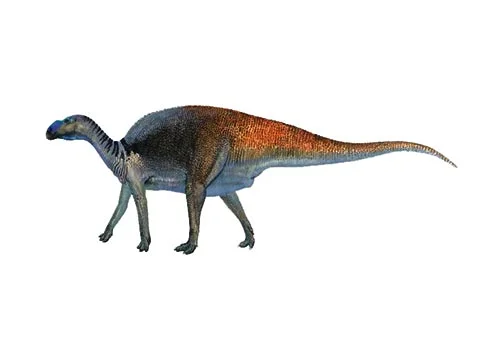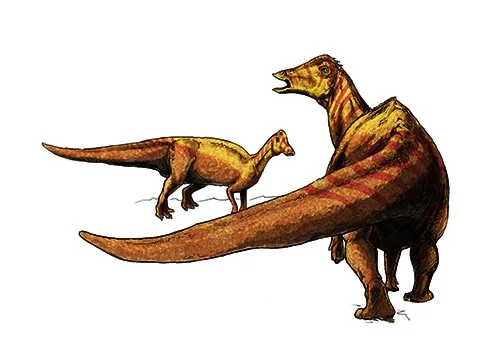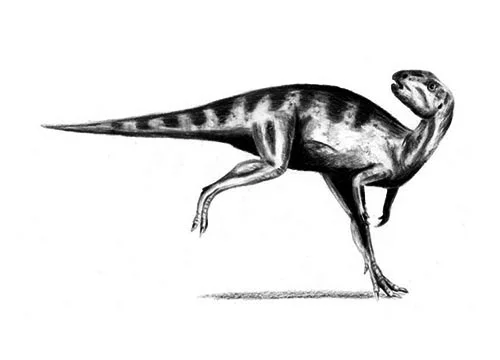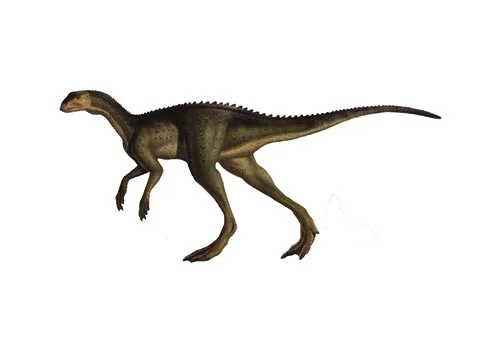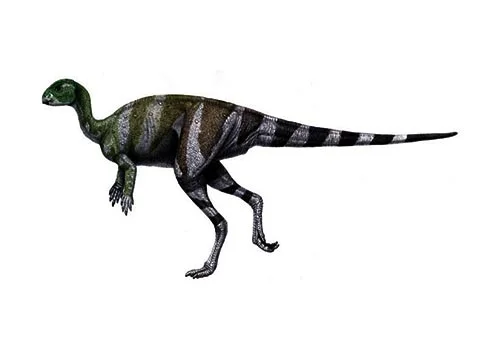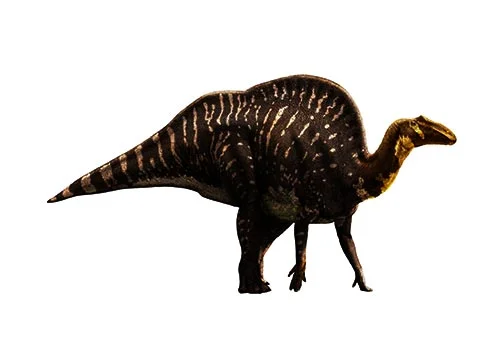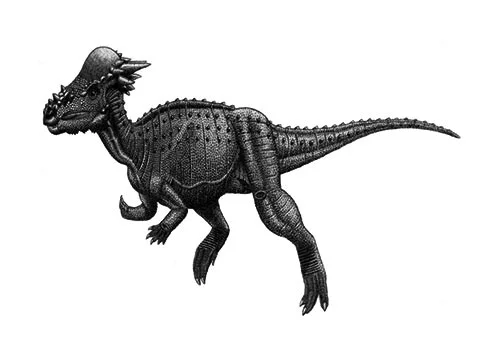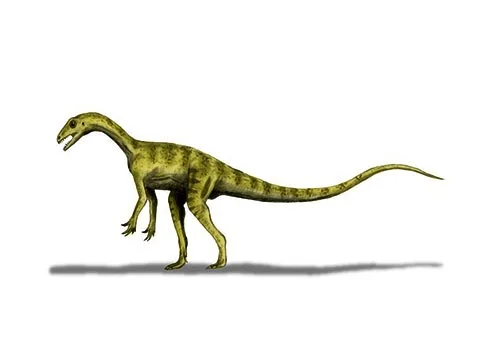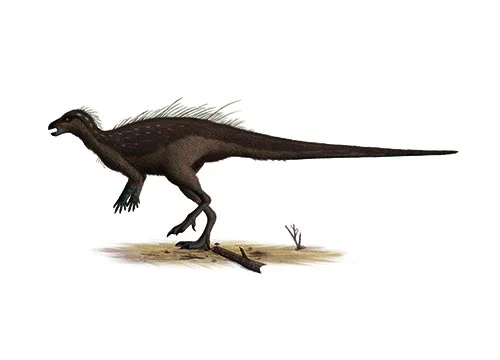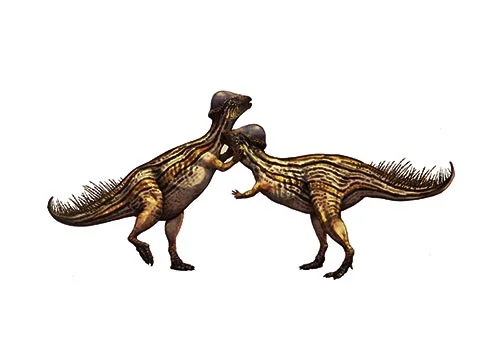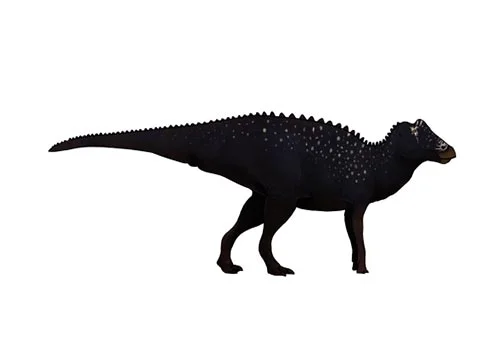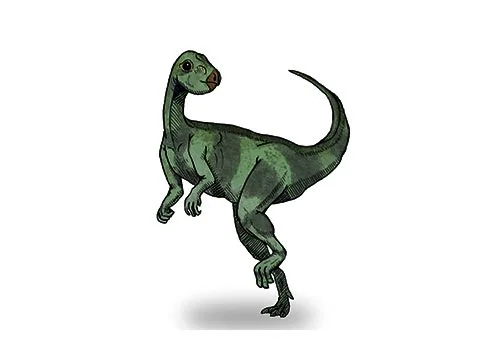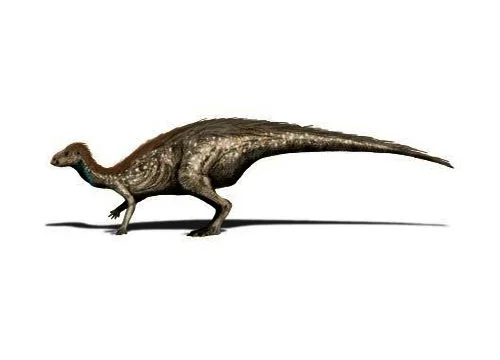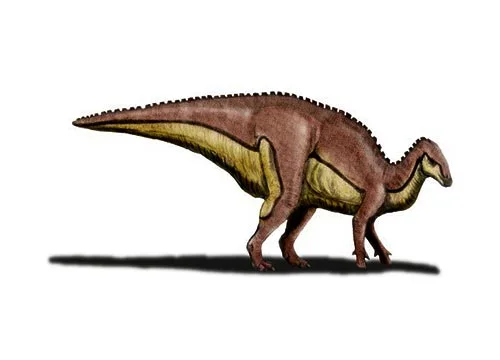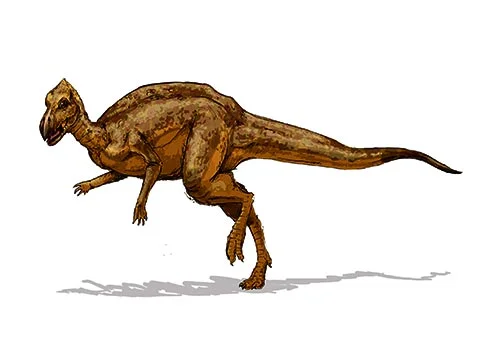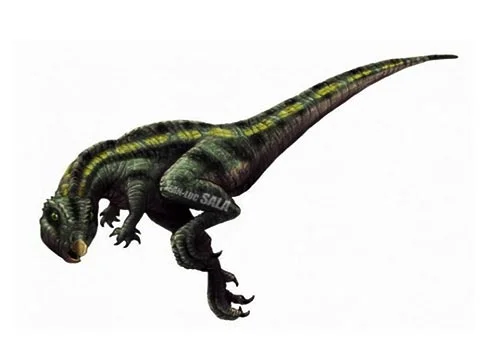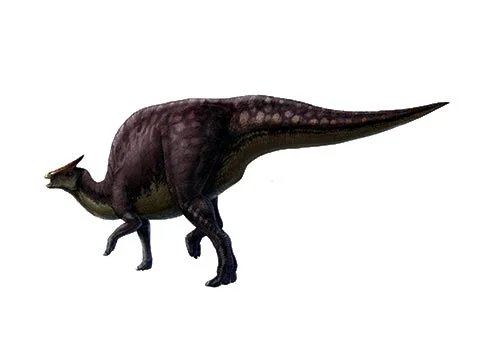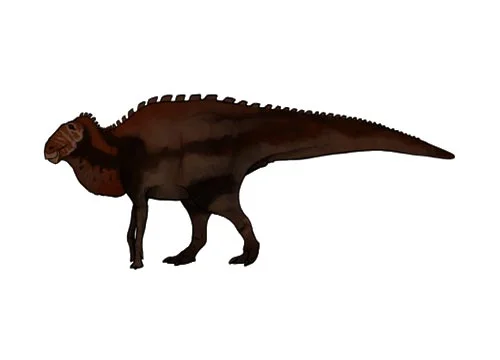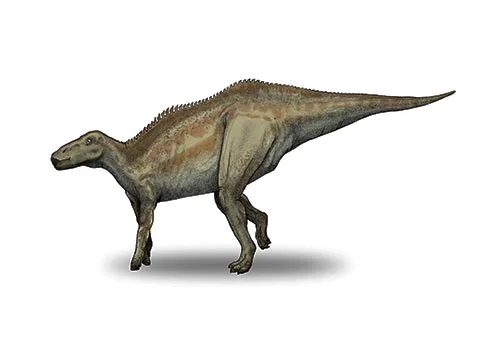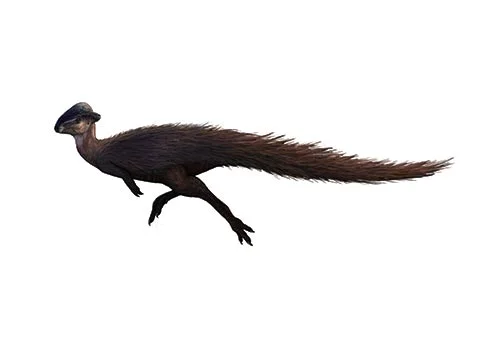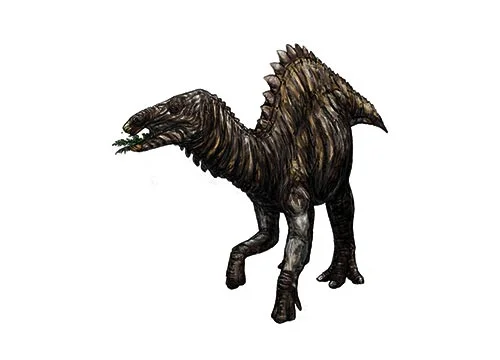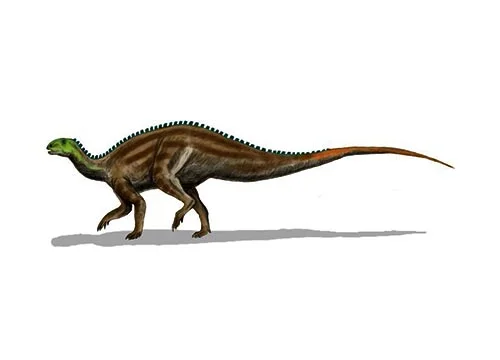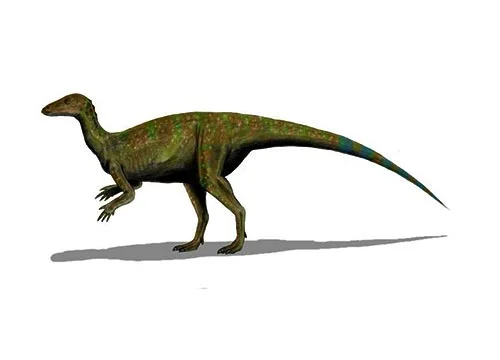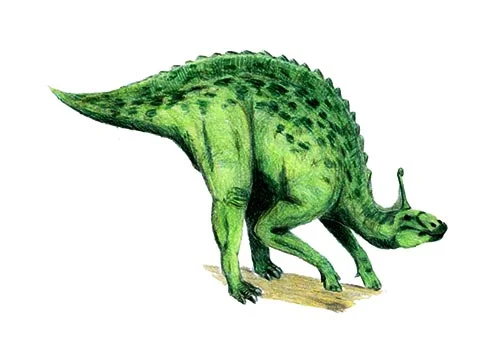Euornithopod Dinosaurs
Euornithopods were a diverse group of herbivorous dinosaurs that lived during the Cretaceous period, from approximately 145 to 66 million years ago. They were characterized by their bird-like hips and feet, as well as their powerful hind legs and strong beaks, which they used for feeding on tough vegetation.
There were many different types of euornithopod dinosaurs, each with its own unique features and adaptations. Some of the most notable include:
Iguanodon – One of the earliest known euornithopods, Iguanodon had a large, toothless beak, as well as a series of leaf-shaped teeth in its jaws. It also had a distinctive thumb spike, which may have been used for defense.
Hadrosaurs – Hadrosaurs, also known as duck-billed dinosaurs, were some of the most successful herbivorous dinosaurs of the Late Cretaceous period. They had elongated snouts and rows of teeth that allowed them to efficiently grind tough plant material, as well as powerful hind legs that made them fast and agile runners.
Hypsilophodonts – Hypsilophodonts were a group of small, agile euornithopods that were some of the earliest known ornithopod dinosaurs. They had sharp, pointed teeth and long, slender legs that allowed them to move quickly through their environments.
Thescelosaurids – Thescelosaurids were another group of small euornithopods, characterized by their small size and compact, sturdy bodies. They had a variety of adaptations for herbivory, including beaked jaws and complex dental batteries.
Euornithopod dinosaurs were some of the most successful herbivores of the Cretaceous period, and were able to thrive in a variety of environments. They evolved a variety of adaptations for feeding, including complex dental batteries that allowed them to efficiently process plant material, as well as powerful hind legs that made them fast and agile runners. Some euornithopods also had distinctive features such as thumb spikes, which may have been used for defense against predators.
Despite their success, however, many euornithopod dinosaurs eventually went extinct, possibly due to changes in their environments or competition with other herbivores. Today, their descendants can be seen in the form of birds, which are thought to have evolved from small, feathered theropod dinosaurs that lived during the Late Cretaceous period. Although they are now much smaller and less robust than their ancestors, birds still retain many of the adaptations that made their euornithopod dinosaur ancestors such successful herbivores.


